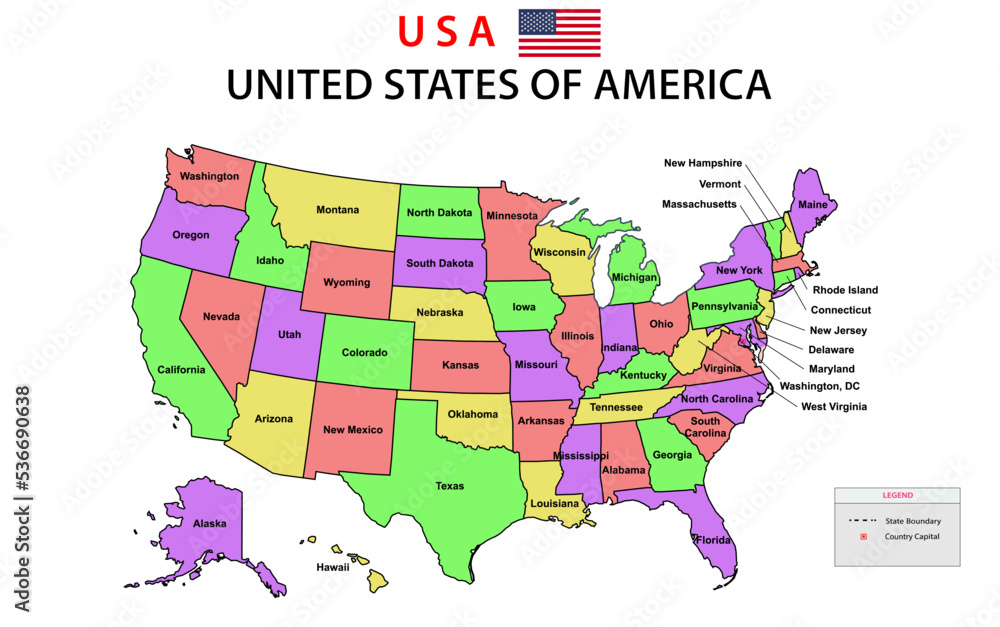Throughout the mid-20th century, the United States conducted an extensive series of nuclear tests, with many of these site locations now falling within the purview of environmental and health studies. The lingering question of whether these sites remain radioactive has engendered a substantial amount of inquiry and scientific exploration. An understanding of the persistence of radioactivity at these sites necessitates an examination of nuclear decay, environmental factors, and societal implications.
Initially, the basic premise of radioactivity must be understood. Radioactive isotopes decay at predictable rates characterized by half-life, which is the duration required for half of the radioactive material to transform into a more stable form. Certain isotopes, including plutonium-239 and cesium-137, have particularly long half-lives, prompting concerns regarding their longevity in the environment, particularly in areas that were once testing grounds.
One prominent location is the Nevada Test Site, which conducted over 900 nuclear tests from 1951 to 1992. Post-testing, there was a palpable fear regarding the contamination of surrounding areas. Studies have indicated that some isotopes remain detectable, with radioactivity persisting for decades or even centuries. The encroachment of natural elements such as erosion and precipitation can accelerate the transport of radioactive materials through soil and groundwater, making monitoring efforts increasingly complicated.
The pathophysiological consequences of prolonged exposure to radiation are profound. Radioactive particles can be inhaled or ingested, subsequently leading to an accumulation of radiogenic health risks, including cancer. Environmental monitoring programs have been instituted to assess these risks, and data collected suggests that while immediate danger has diminished, latent risks may still linger. Such risks pose challenges not only to human health but also to the ecology of these areas.
An authoritative examination of historical data illustrates a gradient of radioactivity across various sites. For example, the Trinity Site in New Mexico, the location of the first atomic bomb test in 1945, exhibits varying levels of residual radioactivity. Despite the government’s declaration of the area as a historical site and its controlled access, the radioactive isotopes that emanated from that detonation, including strontium-90 and iodine-131, continue to pose questions regarding the safety of visitation and habitation in surrounding locales.
Recent assessments have revealed that energy sources, primarily the sun, can stimulate the release of trapped radioisotopes into the atmosphere. Such phenomena underscore the necessity for periodic and ongoing environmental assessments, where comprehensive radiological surveys are conducted to detect and quantify residual radioactivity. Variability in atmospheric transport dynamics can lead to the dispersal of radionuclides far beyond their originating sites, thereby complicating efforts to ascertain risk factors in adjacent populations.
The shifting dynamics of scientific understanding regarding these nuclear test sites have prompted shifts in policy and public engagement strategy. Enhanced communication with local communities, which often bear the brunt of nuclear decision-making, has become essential. For instance, the Department of Energy has taken strides to ensure that at-risk populations are apprised of potential dangers, whilst also fostering research initiatives aimed at clarifying contamination levels. This holistic approach reflects a broader commitment to not only manage the aftermath of the Cold War nuclear legacy but also to forge a path toward better ecological stewardship.
Furthermore, interdisciplinary collaborations have emerged, merging expertise from geochemistry, environmental science, and public health. These partnerships aim to amalgamate data sets, providing a more thorough understanding of radionuclide behavior in different environmental contexts. One noteworthy area of focus is groundwater contamination, which poses unique challenges as water systems have the potential to transport radioactive materials over considerable distances.
Modern methodologies, including remote sensing technologies and computational modeling, have enhanced the ability to map the extent of contamination in previously inaccessible terrains. Such advances offer renewed optimism for accurately forecasting the long-term implications of nuclear testing while informing remediation efforts. The incorporation of citizen science into these initiatives empowers local residents to take active roles in environmental monitoring, thus fostering a collective responsibility toward ecosystem health.
Ultimately, the inquiry into whether US nuclear test sites remain radioactive serves not merely as a scientific question, but as a testament to the complexities associated with nuclear technology and its implications for future generations. As ongoing research elucidates the temporal dimensions of radioactivity at these sites, public interest will invariably grow, further emphasizing the need for transparency and accountability in environmental governance.
Moreover, the ethical dimensions surrounding the legacy of nuclear testing beckon for introspection. The juxtaposition of scientific exploratory pursuits against the backdrop of historical injustices faced by affected communities invokes critical dialogue regarding who bears the burdens of nuclear endeavors. The persistence of radioactive materials serves as a poignant reminder of the need for conscientious stewardship of both human and environmental health.
In conclusion, the residue of nuclear testing in the United States is an intricate tapestry woven from the threads of science, policy, and ethics. As the narrative of these test sites continues to unfold, it amplifies the urgency for interdisciplinary approaches that address not only the questions of radioactivity but also the broader implications for society at large.












